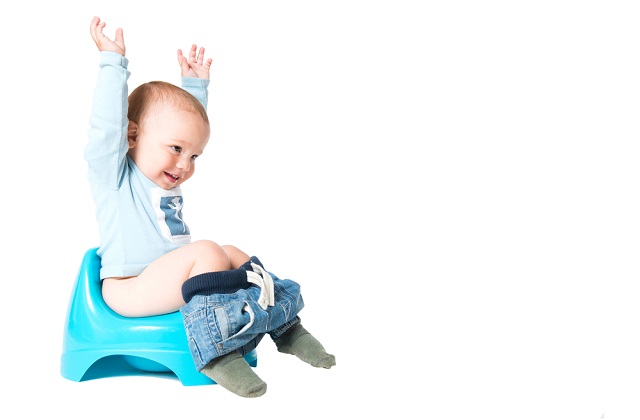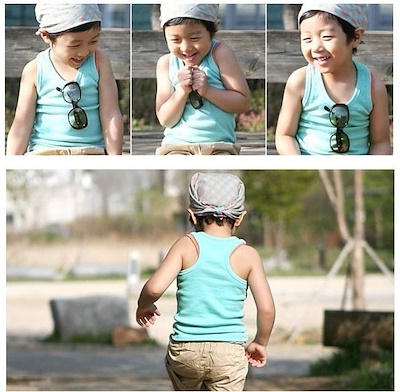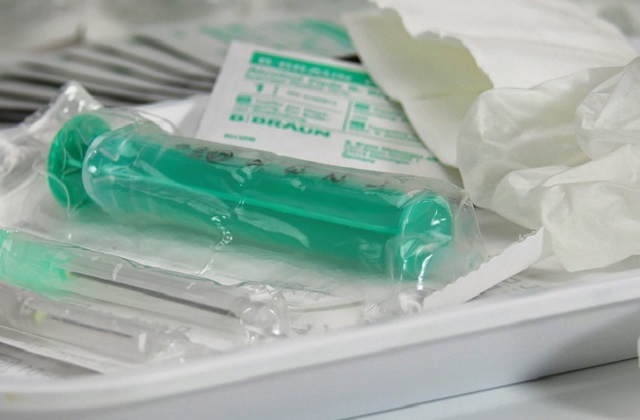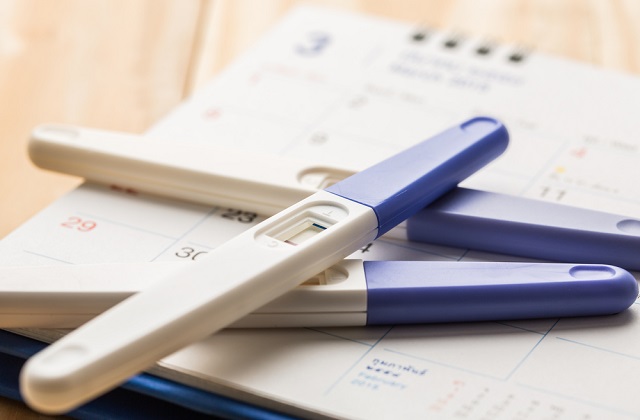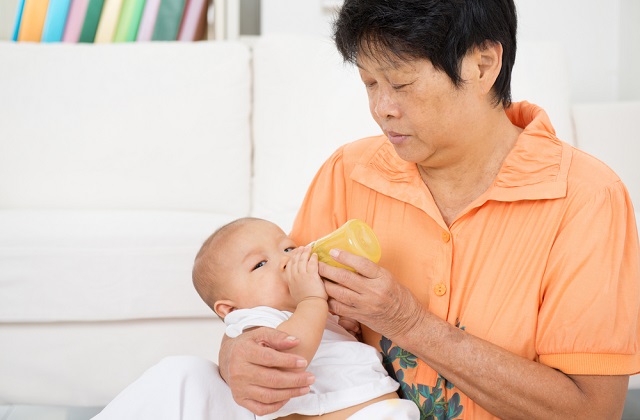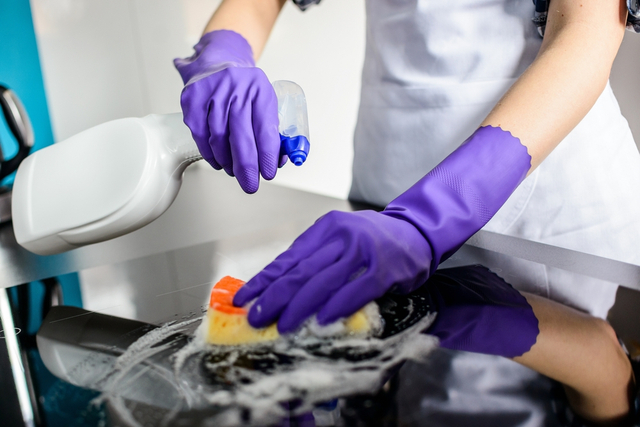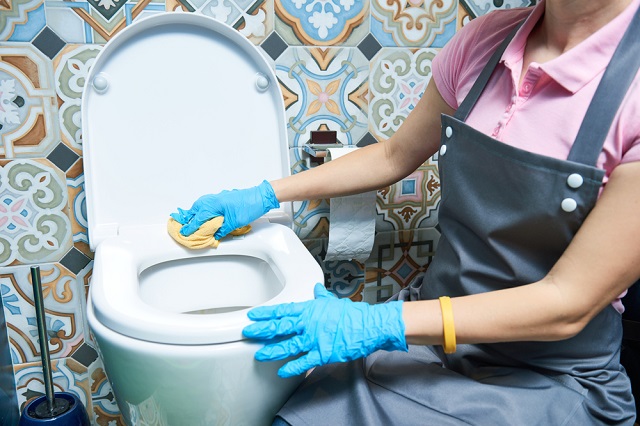Potty Training For Boys
Potty Training For Boys Step 1: Look for signs of readiness
Potty training can only succeed when your son is ready: your son must be able to pull up and pull down pants and can indicate that he needs to urinate or defecate.
As a general rule, most toddlers are ready for potty training when he turns two years old.
A lot of studies have shown that boys take longer to master these skills than girls, so do not rush your son into using the potty before he is ready, and do not compare him with girls of his age.
Signs of readiness include:
1.Your son can follow simple instructions given by you.
2.Your son shows an interest in using the toilet.
3. He likes to be neat and dry and makes 'complaint' when the diaper is wet or unclean.
4. He can stay dry for periods of at least one to two hours and poops at a regular time every day.
5. He can pull his pants up and down on his own
6. He is eager to be independent. He may want to do things on his own.
7. Heis able to utter words that indicate toilet, urine, and stool.
If he is showing a lot of resistance in using the bathroom, maybe he is still not ready. In this case, you should wait for some times before trying again.
Potty Training For Boys Step 2: Buy the right equipment
Whenever possible, let your child picks the design and color of the underwear or underpants so that your child will be more eager to participate the potty training.
Also, let your child picks a potty that he likes so that he will be more willing to use during the potty training.
Potty Training For Boys Step 3: Watch, learn and practice
(a) An excellent demonstration will help kids to urinate or defecate properly. He is also more willing to cooperate as he is doing "adult's job." First, tell him you feel like doing a wee and must go to the toilet to do so, this will help him associate wee-ing and poo-ing with the bathroom. After that, bring your child to the bathroom and show him the sequence of actions to be taken from pulling down the pant to pulling up the pants.
(b) On the first few days of training, you may want to ask your child in a regular interval of 2 hours if he needs to go to the toilet. Do not ever force him if he does not want to use the toilet.
(c) You may want to put the potty near the area where your child is playing so that your child does not need to rush to the toilet and give him sufficient time to react to the call of nature.
(d) Do not forget to praise your child for the good progress made.
(e) At the beginning, you will need to wipe your child's bottom until he can do it himself. Remember to wipe from the front to the back.
(f) Avoid letting him sit too long (15 minutes is sufficient) as this may make him think that you are punishing him.
(g) Make sure he is not get distracted by his sibling or by other activities. Watching TV or using other screens while sitting on the potty is often a major stumbling block for parents and children.
Tip 1: Teach him to sit first, then stand
As bowel movements and urine often come at the same time, it will be good if your child sits on the potty for both poop and pee. In this way, he will not also get distracted by the need to aim correctly.
When he shows an interest in wanting to stand and pee, let him do it. Ask his brother or your husband to demonstrate how it can be done.
Tip 2: Try naked time
First, children at the age of 2 love to be naked and diaper-free.
After he wakes up in the morning, let him go naked below the waist. In this way, he will have no place to put his pee or poop; this may prompt him to use the toilet!
Tip 3: Teach proper hygiene
Ask your boy to shake his ‘’little brother’’ gently to completely shake off the urine.
Remember to ask your child to wash hand after using the toilet. Make sure he washes hands long enough and show him how to use the soap appropriately.
Tip 4: Commend good performance
Like the adult, your child will react positively to praise or prize. When your child is doing a good job, do not ever forget to reward him with a small prize, this will encourage him to run to potty whenever nature is calling.
Tip 5: Be consistent.
Do not ever use the start-and-stop approach. It confuses your boy in learning to listen to his body and react to the call of nature.
Tip 6: Accident will happen
Accident will happen. If your boy misses the toilet, do not comment or scold him. Just clean it up without pulling your face. Potty training is going to take weeks or months to complete; it is very normal for your child to mess up your toilet or house in the process.
If your child is too obsessed with game or activities and forgets to use the toilet, you may offer him a gentle reminder to prevent an accident from happening.
Potty Training For Boys Step 4: Move into night mode
Once your son can stay dry all day, you can start the nighttime potty training.
Nighttime training will take a much longer time to complete. According to the American Academy of Pediatrics, about 10 percent of 7-year-olds cannot stay dry through the night.
If your son wants to sleep without diapers, let him try. If he is unable to stay dry through the night for a few consecutive nights, put him back in diapers without giving any negative comments.
It takes a village to raise a child !
Join our WhatsApp Groups or Facebook Group to interact with parents about infant care/child care in Singapore..

